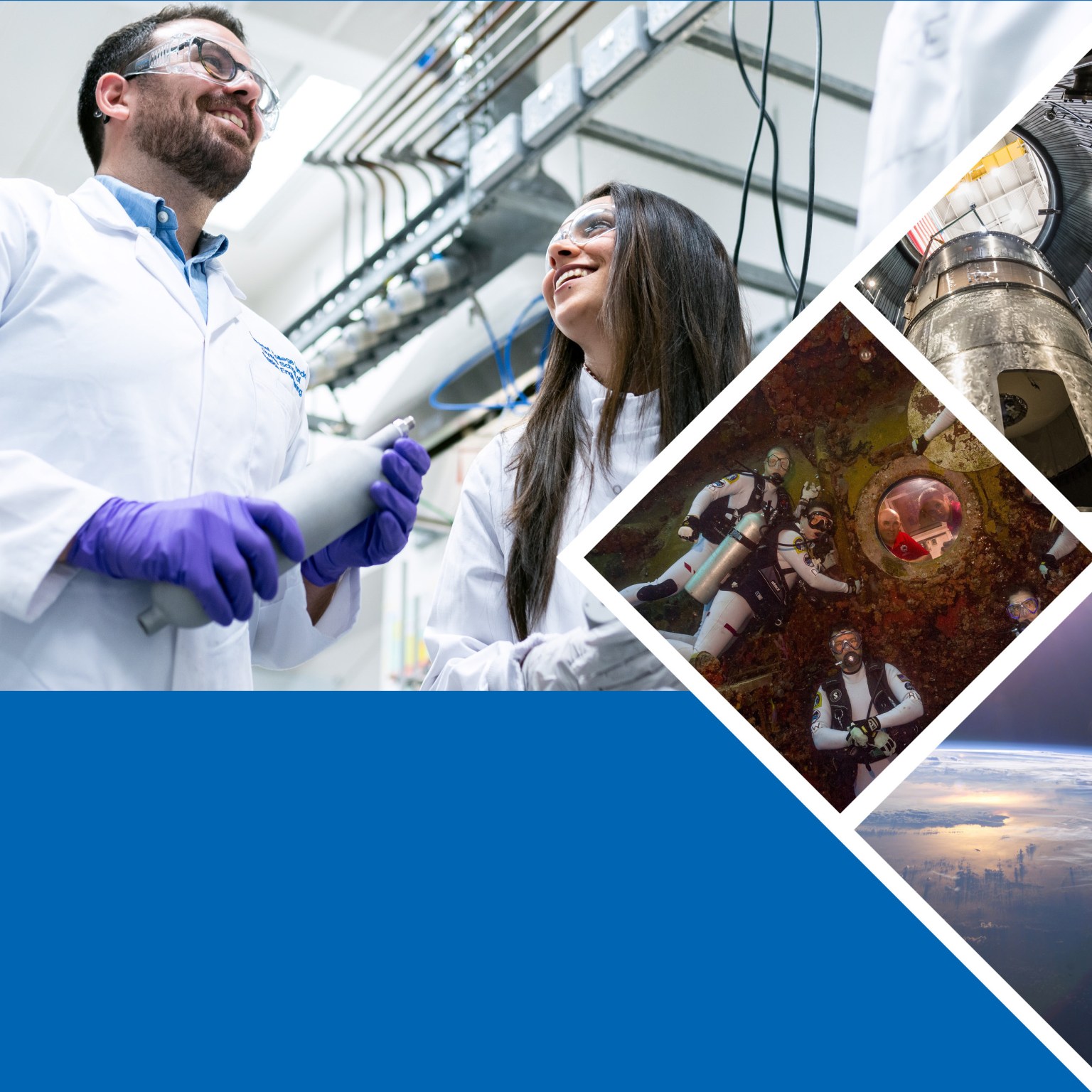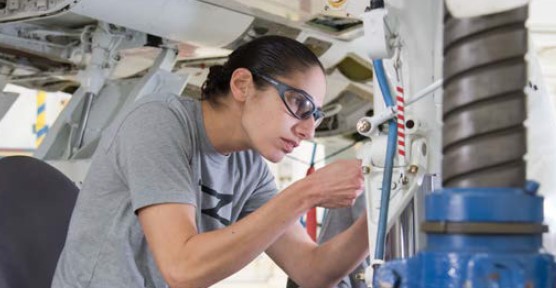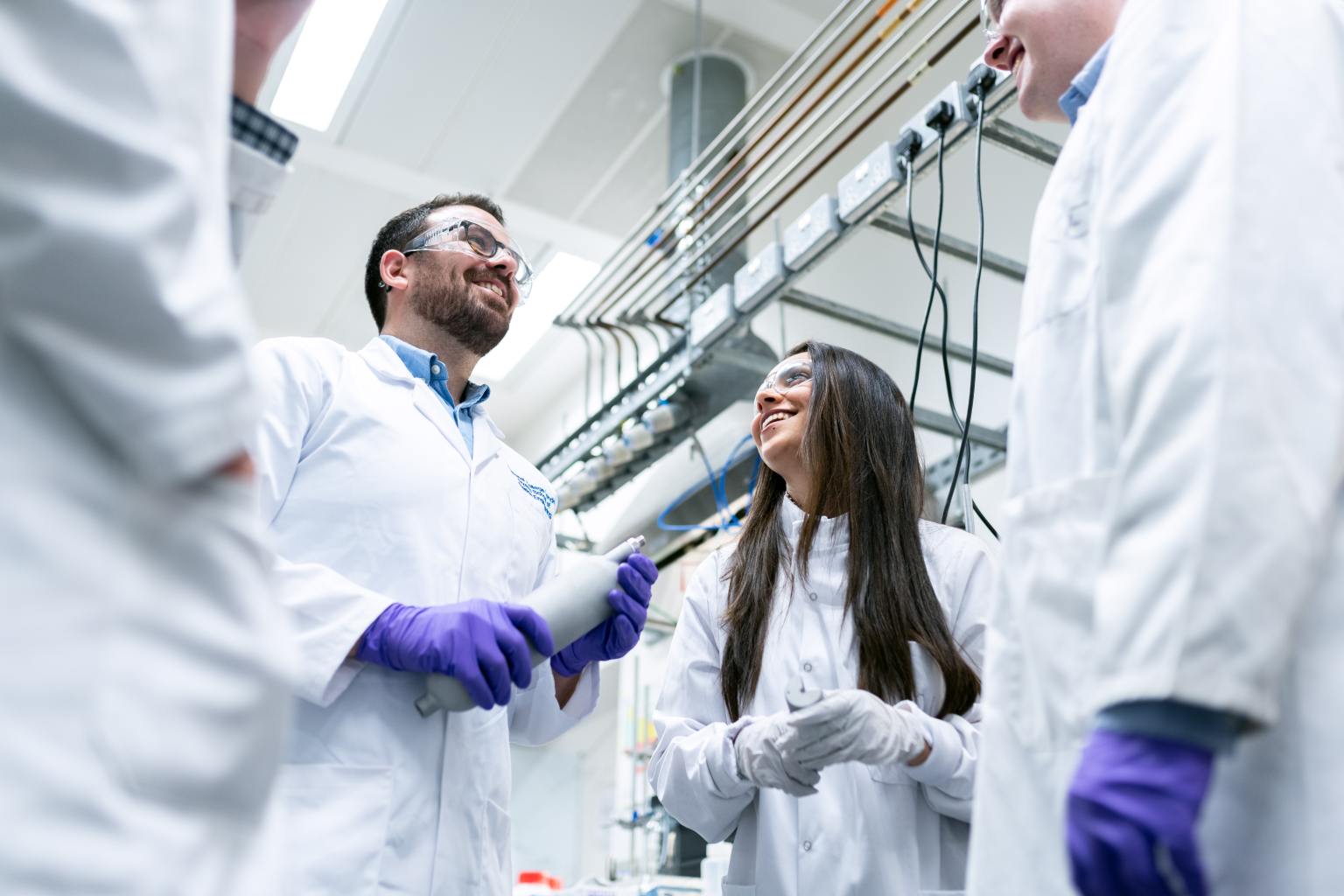
SBIR/STTR
Success Stories
Total
Awarded since 1982
Awards to over 3,500 firms
NASA SBIR/STTR has funded thousands of innovative ideas from small businesses and taken zero equity since 1982
Below find highlights of some of the program’s impressive awardees. Each SBIR/STTR team is introduced alongside a description of their technology and a timeline of the support they have received from the variety of SBIR/STTR opportunities across the Federal Government.
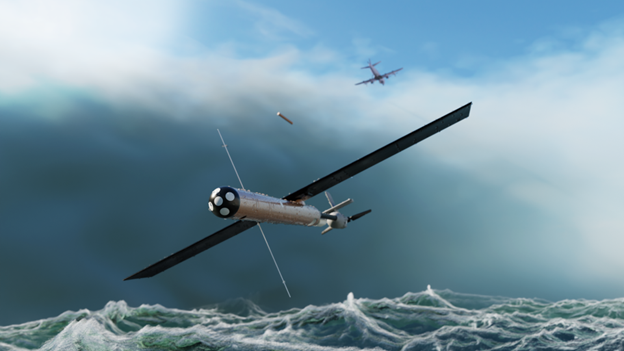
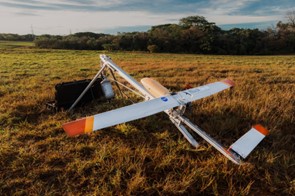
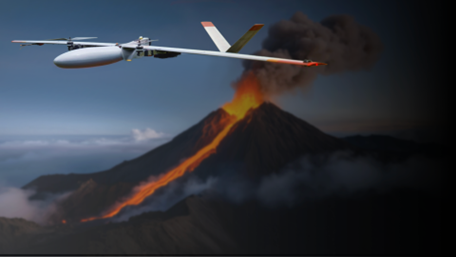
Black Swift Technologies UAS
What if you could fly an Unmanned Aircraft System (UAS) into the plume of a smoking volcano, through the eye of a Category 4 hurricane, or over the frontline of a raging wildfire? Black Swift Technologies has made these challenges a reality, specializing in a ruggedized, purpose-built, UAS designed for environmental research and data collection in austere environments. Their advanced technology provides crucial scientific advancements in aerospace technology that allow us to better understand, and ultimately help protect, residents in the paths of some of the most destructive natural forces on Earth.
Awardee Contact: elstonj@bst.aero
Innovation
Rugged Unmanned Aerial Systems for Harsh Environment Research
Year of first award
2013
Number of Employees
12
Location
Boulder, Colorado
Volcano Research
SBIR Phase I: Subtopics seed research in areas of innovation.
In the mid-2010s, volcanologists identified a need for a more robust Unmanned Aircraft System (UAS) with longer flight ranges. This advanced UAS needed the capability to fly directly into the plume of a volcano and carry specialized sensors that would significantly improve measurements of volcanic plume chemistry.
Through NASA’s SBIR Phase I and II, Black Swift Technologies addressed this challenge by developing a catapult-launched UAS, the “S2,” which could fly a remarkable 100 miles round trip with sustained Beyond Visual Line of Sight (BVLOS) flight. The S2 could traverse the heart of a volcano’s plume, collect essential data, and safely return. While this development was a great success, it was just the beginning of the technology’s journey through the broader NASA SBIR/STTR Program.
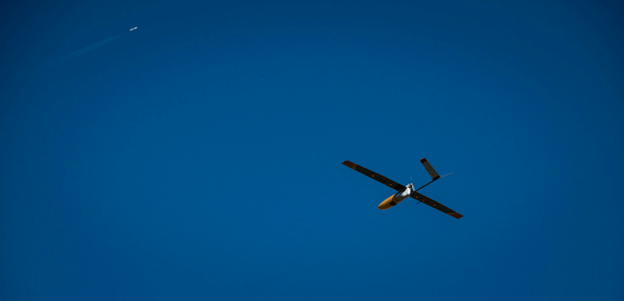
Phase IIE Bridging
SBIR Phase II-Extended (II-E): Further encourages the advancement of innovations developed under Phase II via a contract.
Pivotal to transitioning the S2 Unmanned Aircraft System (UAS) from a research prototype into an operational scientific platform, Black Swift Technologies used the Phase IIE to further advance key aeronautical and sensing technologies developed under Phase I and II. The Phase IIE served as the critical bridge for validating the system’s performance in extreme conditions before attempting commercialization. Using real volcanic environments, the company demonstrated the safety and reliability of their product, which helped them make the necessary advancements to pursue additional post-Phase II contracts and positioning S2 for broader geoscience and environmental applications.
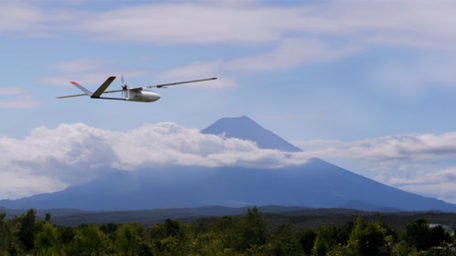
CCRPP
Civilian Commercialization Readiness Pilot Program (CCRPP): accelerates the path to NASA missions and applications as well as commercial markets.
Using the CCRPP, Black Swift Technologies matured the S2 and its volcanic observation payload suite into a ruggedized product for deployment in challenging, real-world scientific campaigns. The S2 deployed twice to Makushin Volcano in Alaska for trace gas and photogrammetry missions. The matured platform became a proven, field-ready capability recognized and utilized by U.S. and international science agencies, strengthening the company’s reputation as a trusted provider for high-risk environmental monitoring and facilitating the adoption of the platform for adjacent markets such as wildfire monitoring and methane leak detection. Click the next tab to learn about additional work that grew out of the CCRPP.
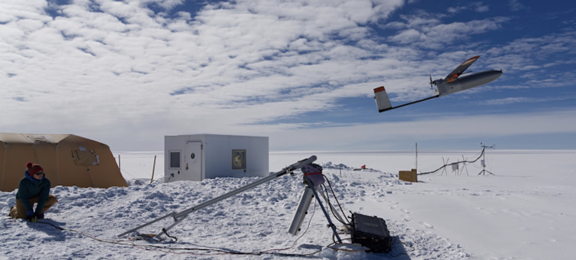
CCRPP Catalyzes Hurricane Research
Civilian Commercialization Readiness Pilot Program (CCRPP): enables near-term infusion and/or commercialization of SBIR/STTR-developed technologies.
To better understand hurricanes, the National Oceanic and Atmospheric Administration (NOAA) needs data that is conventionally hard to access, and while crewed planes can fly through a storm, they cannot fly across the surface of an ocean in the middle of a hurricane. For this, NOAA required an Unmanned Aircraft System (UAS) capable of handling extreme weather conditions.
NOAA and NASA supported the CCRPP where the avionics in Black Swift Technologies’ S2 would be applied to the “S0,” a fixed-wing UAS that could handle the intensity of a hurricane at 10 meters above the surface of the water. The SO was designed to drop from a tube in a crewed NOAA plane and collect crucial information about factors that contribute to the intensification of hurricanes. The data gathered in the storm confirmed data relayed from satellite weather models.
Since its first launch, the S0 has finished two hurricane seasons providing data analysis. The S0 will continue to deploy into hurricanes in 2025, with an eye on becoming an operational capability feeding directly into National Weather Service (NWS) models and forecasts by 2027. Successes like this demonstrate how NASA’s pursuit of avionics advancement can help protect Americans with a better understanding of how hurricanes intensify.
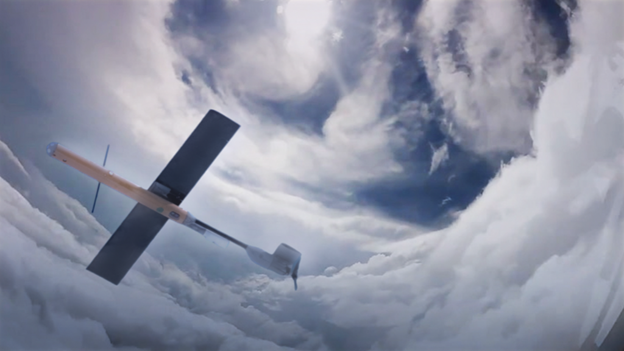
Phase III Growth and Beyond
Phase IIIs: Contracts funded by non-NASA SBIR/STTR entities.
Different U.S. agencies have flocked to fund separate Phase IIIs that would apply the S2 to their needs. The U.S. Geological Survey (USGS) funded a Phase III to twice fly the S2 over Makushin Volcano in Alaska. Another Phase III supported multi-day airborne monitoring of Rincón de la Vieja, Turrialba, and Poás volcanoes. This work was done as part of NASA Costa Rica Airborne research on forest Ecosystem Response to volcanic emissions (CRATER). For a third Phase III, Black Swift Technologies demonstrated the endurance of the S2 for volcano and wildfire sensing technology. In yet another Phase III, Black Swift Technologies deployed the CCRPP-developed S2 for Murray State University for gas measurements.
Additionally, NASA’s Langley and Ames Research Centers procured three S2s for Close-in Covert Autonomous Disposable Aircraft (CICADA), a project using swarm-drone research. For CICADA, S2s serve as the operational research platform while deploying a “swarm” of low-cost aircraft, fitted into the S2’s nosecone. The swarm-drones are then released into clouds to provide point measurements.
Through additional Phase IIIs and procurements, Black Swift Technologies’ success shows where initial NASA SBIR seed funding bears the fruit of future government research and awards.

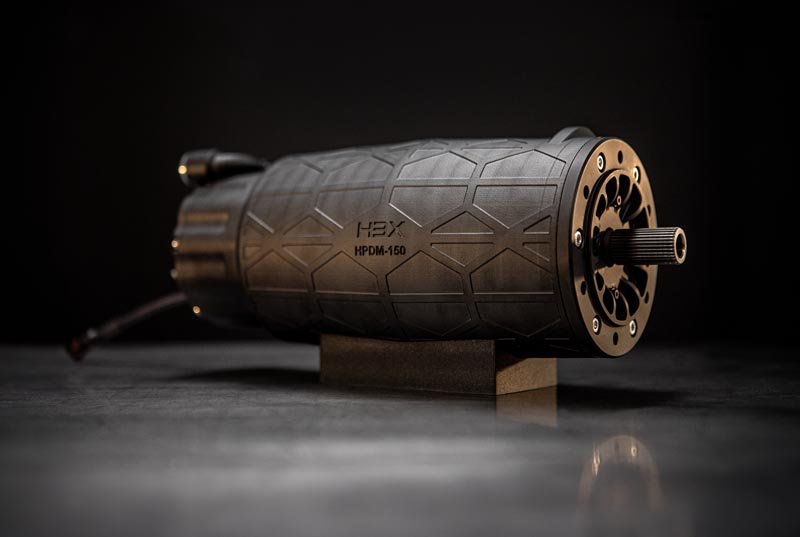
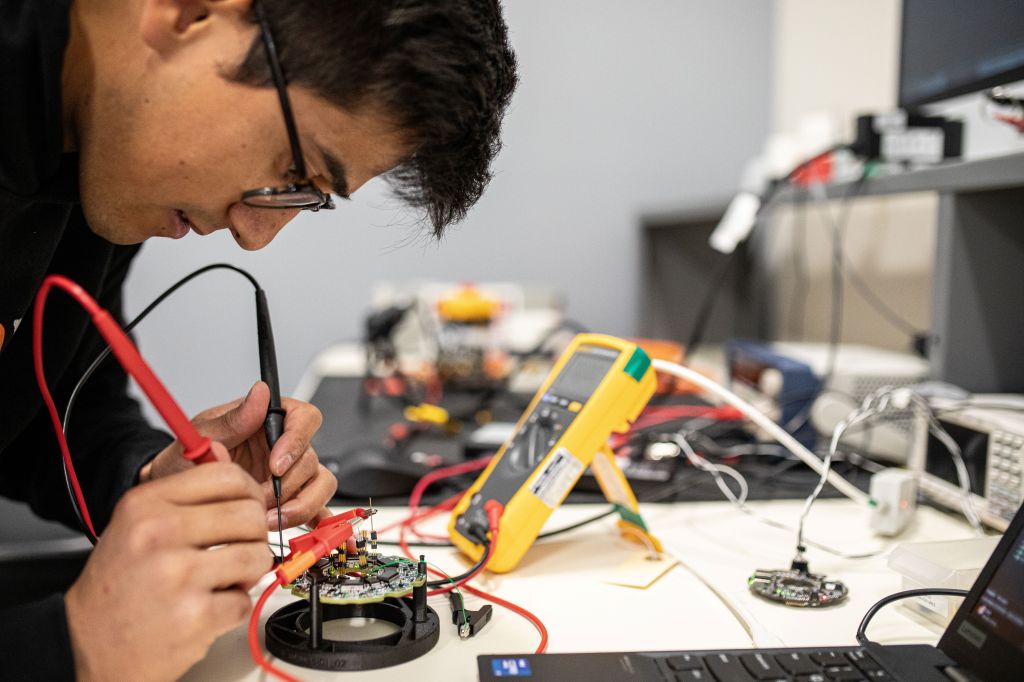
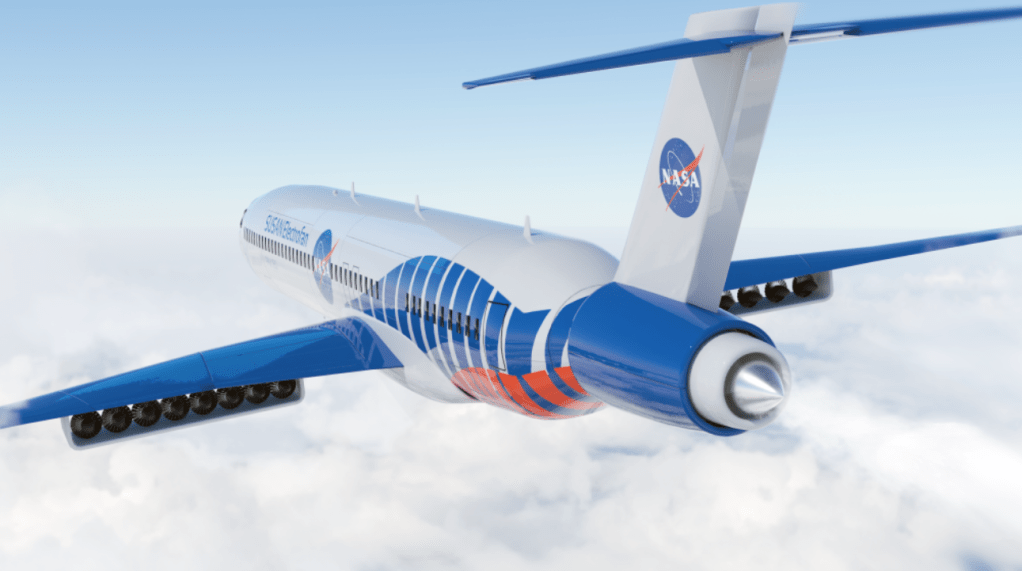
H3X Technologies HPDM-140
While the “space” side of NASA is well known, NASA also works to advance the technology and science of aeronautics. To conceptualize less fuel-dependent aircraft, NASA’s SUSAN project needed a lighter, more powerful engine. In 2022, NASA used a new pilot initiative focused on funding streamlined development of commercially-viable technologies, SBIR Ignite, to solicit solutions to this important problem. With the help of funding provided through SBIR Ignite Phase I, Phase II, and Phase II-Extended (II-E), H3X Technologies created and delivered two cutting-edge integrated motor drives (combining the electric motor and power electronics): the High Power Density Machine (HPDM)-30 and -140. These innovations have opened new possibilities in aerospace and marine industries. Click on the tabs below to learn how H3X used SBIR initiatives to infuse and commercialize their revolutionary integrated motor drives.
Innovation
Integrated Electric Motor and Inverter
Year of first award
2023
Number of Employees
44
Location
Louisville, Colorado
SBIR Ignite Phase I & II
SBIR Ignite is an initiative that encourages small businesses to develop more commercialization-focused technologies.
In 2023, H3X Technologies was one of the first participants of the recently-established SBIR Ignite initiative.
H3X saw SBIR Ignite as perfectly aligned to their own business goals of rapid development, prototyping, and focusing on the learning cycle. This approach allowed the company to mature their products faster and achieve the best test results, which prepared them for working with commercial customers as well.
Under SBIR Ignite, H3X developed the HPDM-30, which produces a continuous power output of 33 kW in a 4 kg package. While most motors utilize a separate motor and inverter, H3X’s flagship technology integrates them together, enabling not only a more powerful and lightweight integrated motor drive but also improving efficiency, which paves the way for future development in electric-powered technologies.
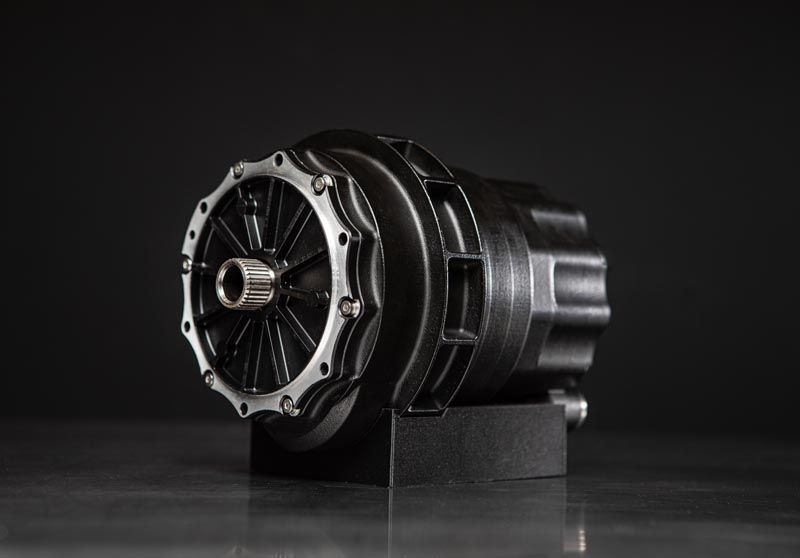
SUSAN
The SBIR/STTR program connects small businesses to industry consumers, including NASA.
NASA’s SUSAN (SUbsonic Single Aft eNgine) project is an advanced hybrid-electric concept aircraft that is foundational to the future of electric-powered dominance in single-aisle commercial aircrafts. Ultimately, the lessons learned from SUSAN could reduce the cost of travel for airline customers.
The Project SUSAN team contacted H3X Technologies shortly after their SBIR Ignite Phase II funding to purchase two units of the HPDM-30 for use in a quarter-scale prototype of SUSAN. H3X’s HDPM-30 not only would help achieve lighter weight but also would provide higher efficiency for SUSAN.
In addition to H3X’s HPDM-30, ten additional SBIR/STTR technologies (nine SBIR and one STTR) contributed to the development of SUSAN. The interconnection between SUSAN and SBIR shows how NASA collaboration opens doors for firms to further develop commercialization and infusion opportunities.
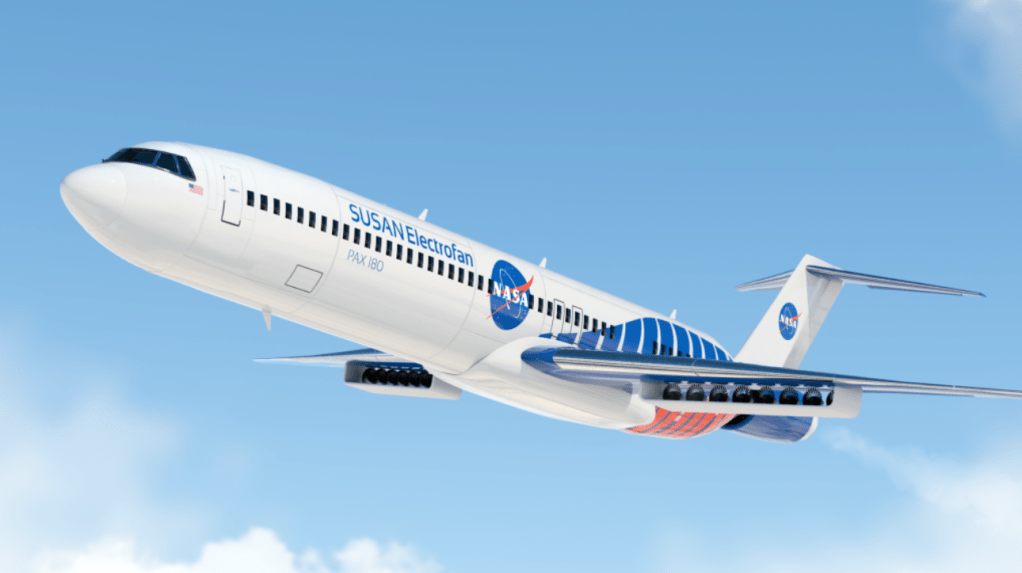
SBIR Phase II-E
SBIR Phase II-Extended (II-E): Further encourages the advancement of innovations developed under Phase II via a contract.
During H3X Technologies’ Phase II-E, the company modified the original design of the HPDM-30 to better fit the constraints of the SUSAN project. H3X was able to develop a motor drive over four times as powerful, the HPDM-140, a 140kW electric motor with integrated inverter in an 11 kg package. The HPDM-140 improved upon its predecessor and was ultimately optimized for the mission profile objectives of SUSAN.
Matching funding, required for Phase II-Es, was provided by Infinite Capital LLC, a venture capital firm with an investment focus in deep technology. Their investment contributed to the advancement of the HPDM-140, which impacted not only SUSAN but also the Sail Grand Prix (GP), which is described in the next tab. To learn more about Phase II-E requirements, visit the Phase II-E website.
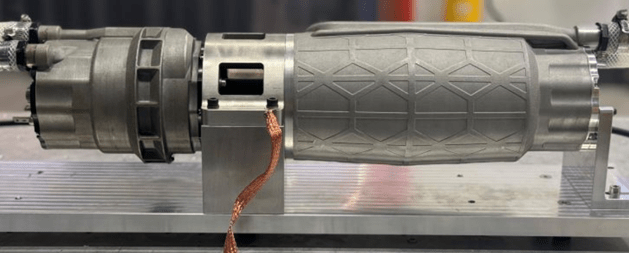
Sail Grand Prix
The Sail Grand Prix (SailGP) is an international sports championship for high-speed hydrofoil sailboats.
The competition is held under a one-boat design, the F50, which uses wind to lift catamarans onto hydrofoils to effectively reduce drag and reach speeds on average around 60 km/hr. For a sport marketed as adrenaline fueled, in low-wind conditions they needed help maintaining the excitement, and they turned to H3X Technologies for a solution.
H3X’s solution was to develop an integrated motor drive for F50’s newest upgrade–a jet propulsion system. H3X modified the HPDM-140, originally developed for NASA’s SUSAN, to assist the F50’s foils during doldrums, or low-wind weather that can negatively impact racing competitions. This upgrade allows the catamarans to “get up on foil” in any weather, making the races faster paced and more thrilling—proving that technology funded by NASA can not only reach the outer cosmos but even the closest waters at home.
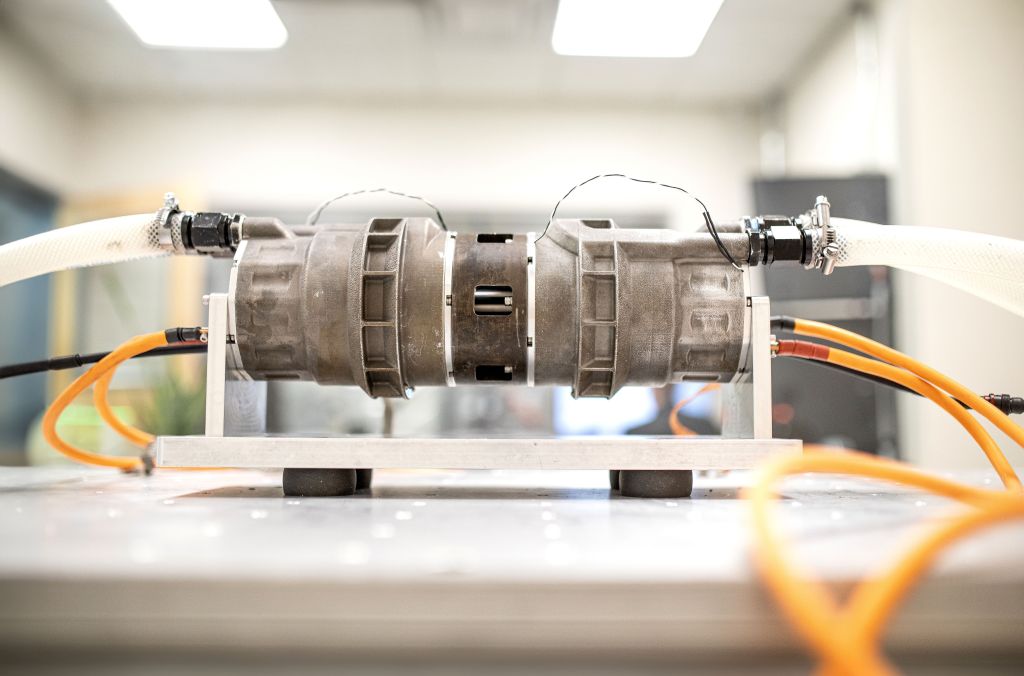
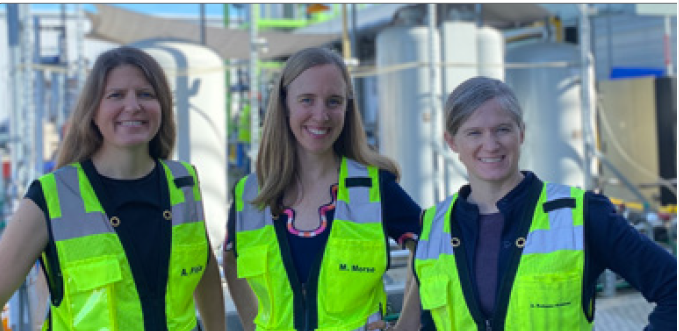
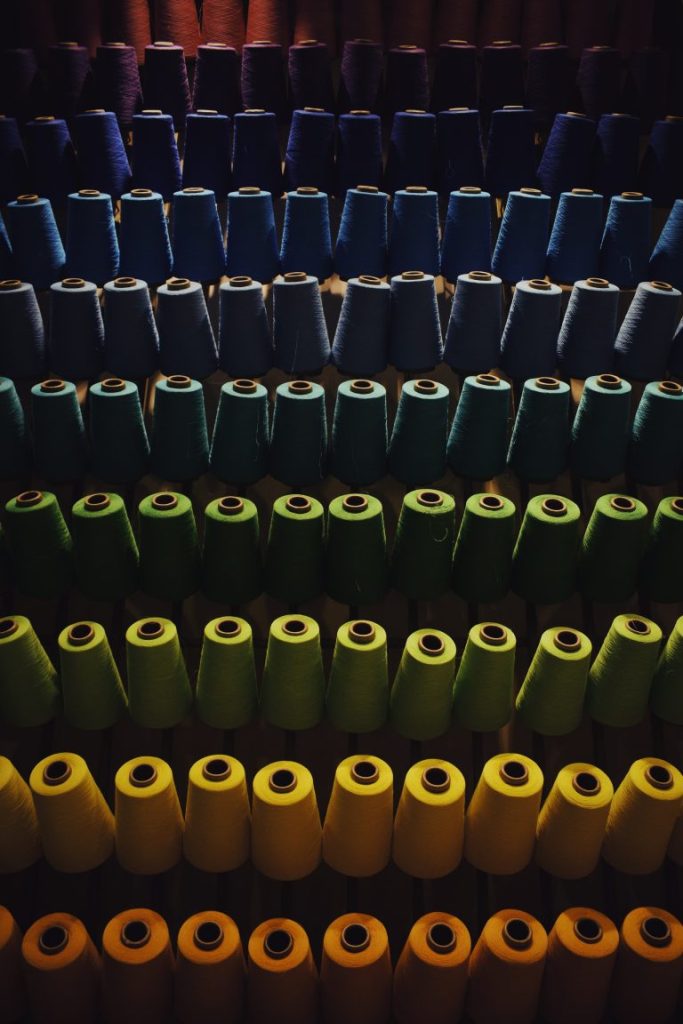

Mango Materials & Colorado School of Mines
Mango Materials, a women-owned small business, has developed a system to transform methane into biopolymers—plastic alternatives made from biodegradable materials.
On Earth, this innovation not only creates a plastic substitute but also recycles methane—a greenhouse gas contributing to climate change. In space, this technology could support sustained presence on Mars by printing tools and providing a binding agent for regolith construction on the planet, reducing the need for shipments from Earth.
Awardee Contact: Molly@MangoMaterials.com
Innovation
Biodegradable plastic alternative made from methane waste gas
Year of first award
2012
Number of Employees
25
Location
San Francisco, California
SBIR from National Science Foundation (2012-2013)
SBIR/STTR funding is granted through different agencies across the federal government, including the National Science Foundation (NSF).
Mango Materials began their journey with support from the National Science Foundation. The company explored how to develop the plastic alternative by feeding methane to naturally occurring bacteria, which create biopolymer granules inside their cell walls. These granules are then harvested into pellets, which can be melted and used to create textiles or plastic alternatives.
Mango Materials CEO, Molly Morse stated in a video for the NSF that “…getting the NSF grant back in the day was huge for us, it gave us control as the entrepreneurs.”

STTR Phase I & II ( 2016-2017)
Phase I: Idea Phase II: Prototype
Mango Materials continued their innovative journey with support form NASA SBIR/STTR. The STTR program incentivizes collaborative innovation between small businesses and research institutions, like universities. In this instance Mango Materials partnered with the Colorado School of Mines.
The team received STTR Phase I and Phase II awards to adapt the bioreactor system to convert methane into bioplastic for low-gravity environments.

STTR Phase II-E (2019)
STTR Phase II-Extended (II-E): Further encourages the advancement of innovations developed under Phase II via a contract.
In 2019, the Phase II was extended through the Phase II-E option to improve the end-to-end system and minimize waste.
Dr.Junko Munakata Marr, Professor and Department Head of Civil and Environmental Engineering at the Colorado School of Mines, said students involved gained insight into small business culture in a real-world setting. Similarly, Dr. Marr shared the school’s space resources program has expanded thanks to the growing relationship with NASA.
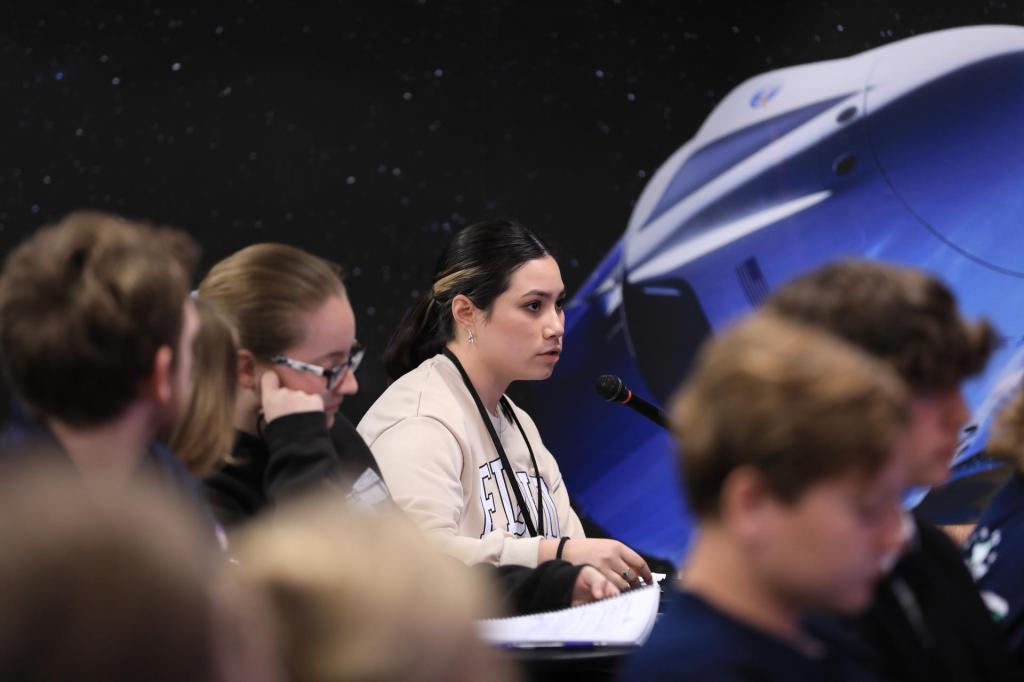
STTR Civilian Commercialization Readiness Pilot Program (2020)
Civilian Commercialization Readiness Pilot Program (CCRPP): enables near-term infusion and/or commercialization of SBIR/STTR-developed technologies.
CCRPP appealed to Mango Materials for the program’s emphasis on commercial development and for the STTR dollar-to-dollar match on external investments. Fashion industry investors were interested in exploring how the methane biopolymer could be a more sustainable alternative to existing fibers.
In 2021, Mango Materials received $6 million in total CCRPP funds from STTR and investors to optimize and commercialize the biopolymer product.


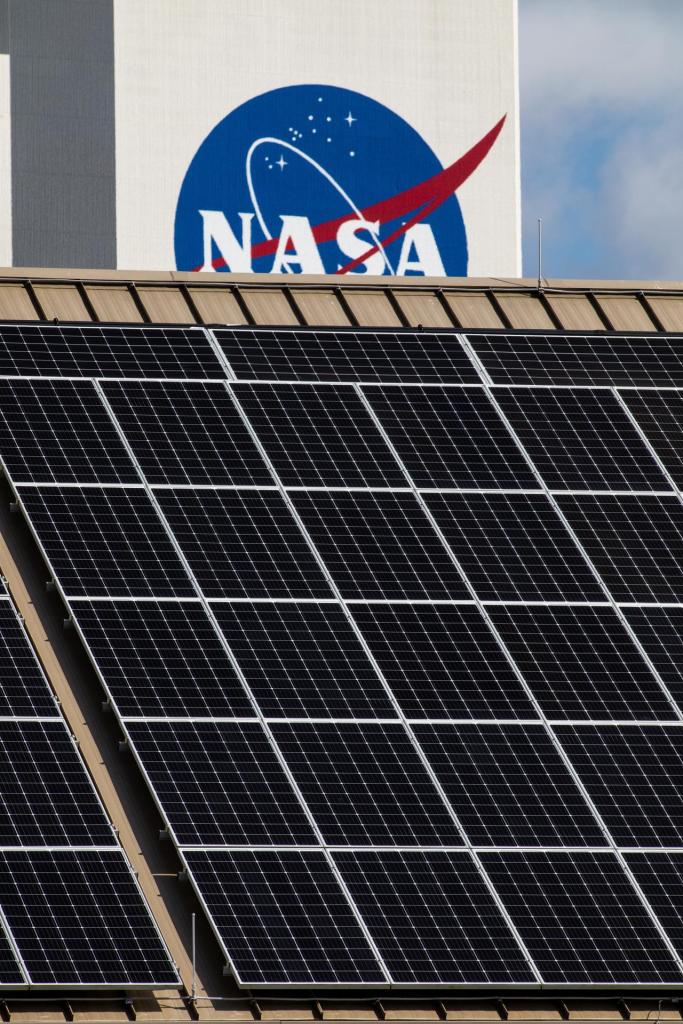
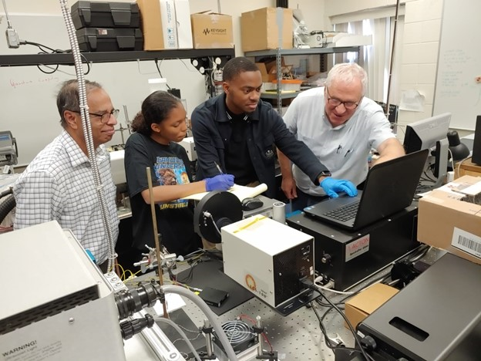
Oakwood University & SSS Optical Technologies
The innovative team composed of Oakwood University, SSS Optical Technologies, and subcontractor Regher Solar, is developing a UV protective coating for photovoltaic solar cells in space. Solar cells convert sunlight into energy but can suffer damage from UV rays.
Oakwood University, a Historically Black College based in Huntsville, Alabama, entered the SBIR/STTR arena after participating in M-STTR, now MPLAN, an initiative enabled by NASA’s Space Technology Mission Directorate (STMD) and NASA’s Office of STEM Engagement’s Minority University Research and Education Project (MUREP).
Awardee Contact: mazillo123@yahoo.com
Innovation
UV protective coating for photovoltaic solar cells in space
Year of first award
2021
Number of employees
3
Location
Huntsville, Alabama
MPLAN (2021)
MPLAN: awards Minority Serving Institutions (MSIs) to further develop ideas and facilitate research and development.
In 2021, Oakwood University and SSS Optical Technologies participated in M-STTR, now MPLAN, an initiative for Minority-Serving Institutions (MSIs) to propose for Small Business Technology Transfer (STTR) research planning grants.
The program allowed the team to generate preliminary data about the solar cell technology which was later used for the 2022 STTR proposal. The program experience unified the team and set them up for an effective partnership for innovation.
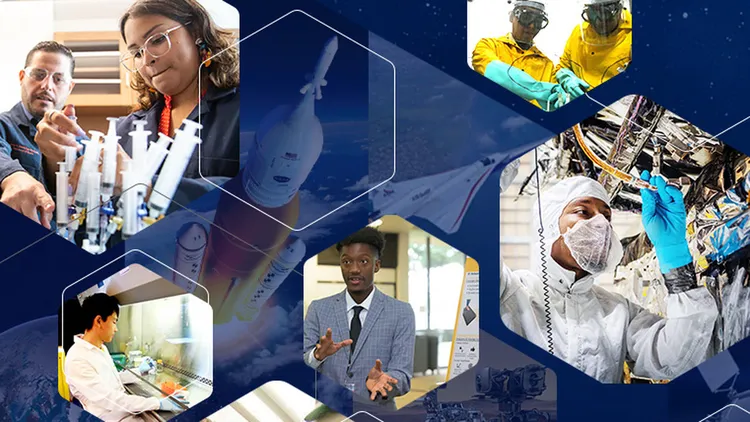
STTR Phase I & II (2022-2023)
Phase I: Idea Phase II: Prototype
NASA granted Oakwood University and SSS Optical Technologies with a Phase I contract in 2022 which allowed the team to investigate how the Polymer Anti-damage Nanocomposite Down-converting Armor (PANDA) technology could be used to protect solar cells and increase their durability. The following year the team received a Phase II contract helping them advance their technology and develop a prototype.
Dr. Patel, the principal investigator for the project, shared advice for others interested in NASA SBIR/STTR, “Keep your eyes wide open and try to reach out to nearby small businesses interested in transferring your technology to the market. And remember: it should line up with what NASA is looking for.”

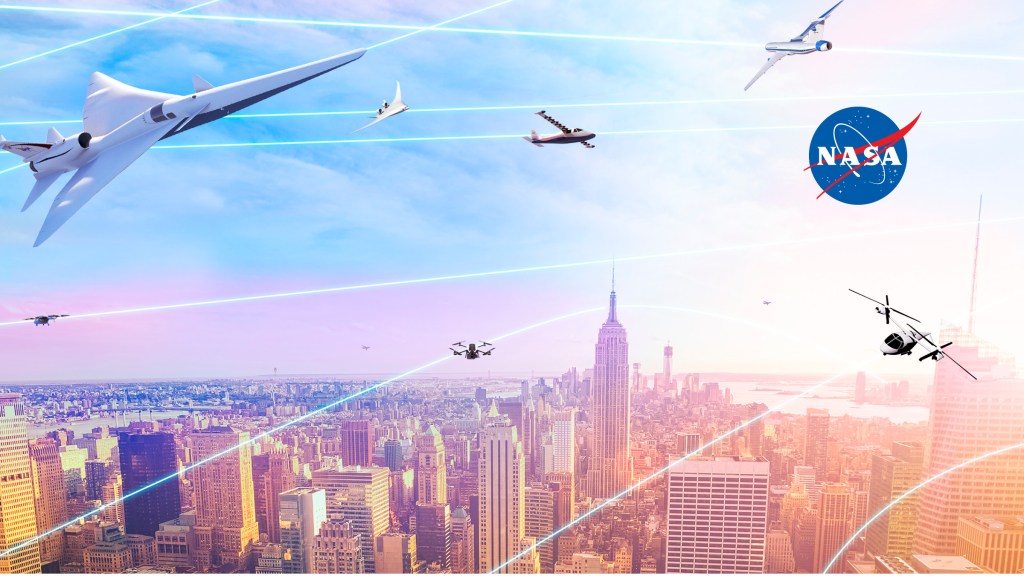
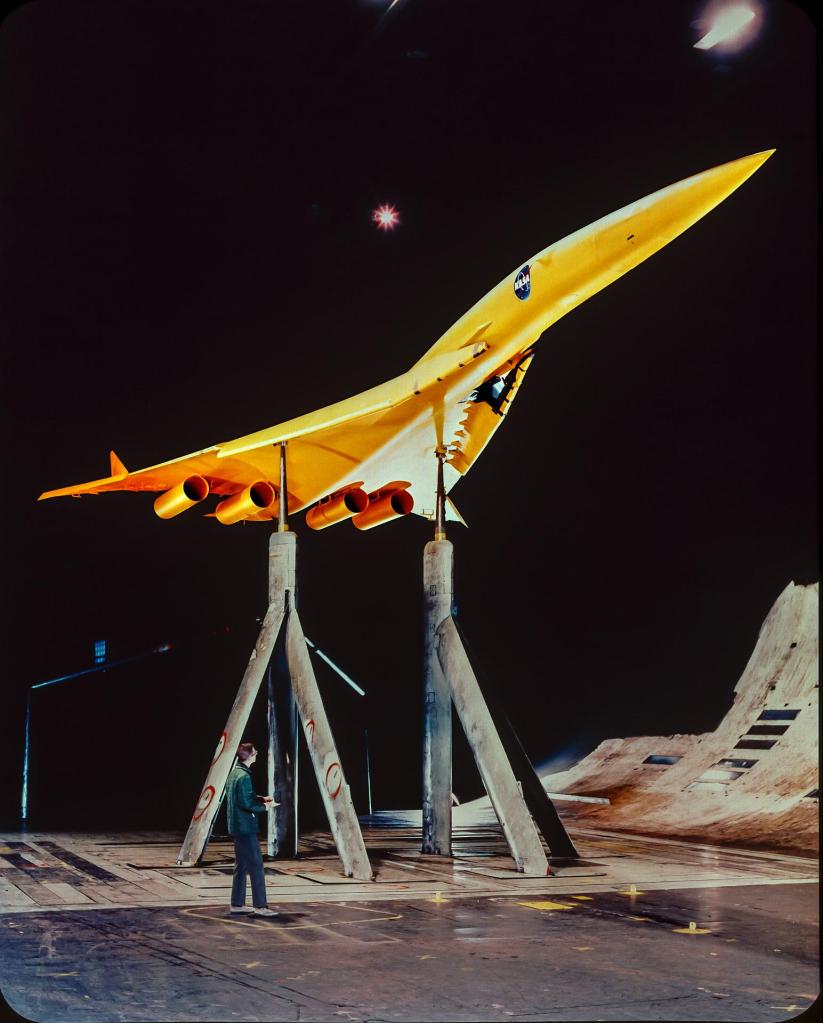
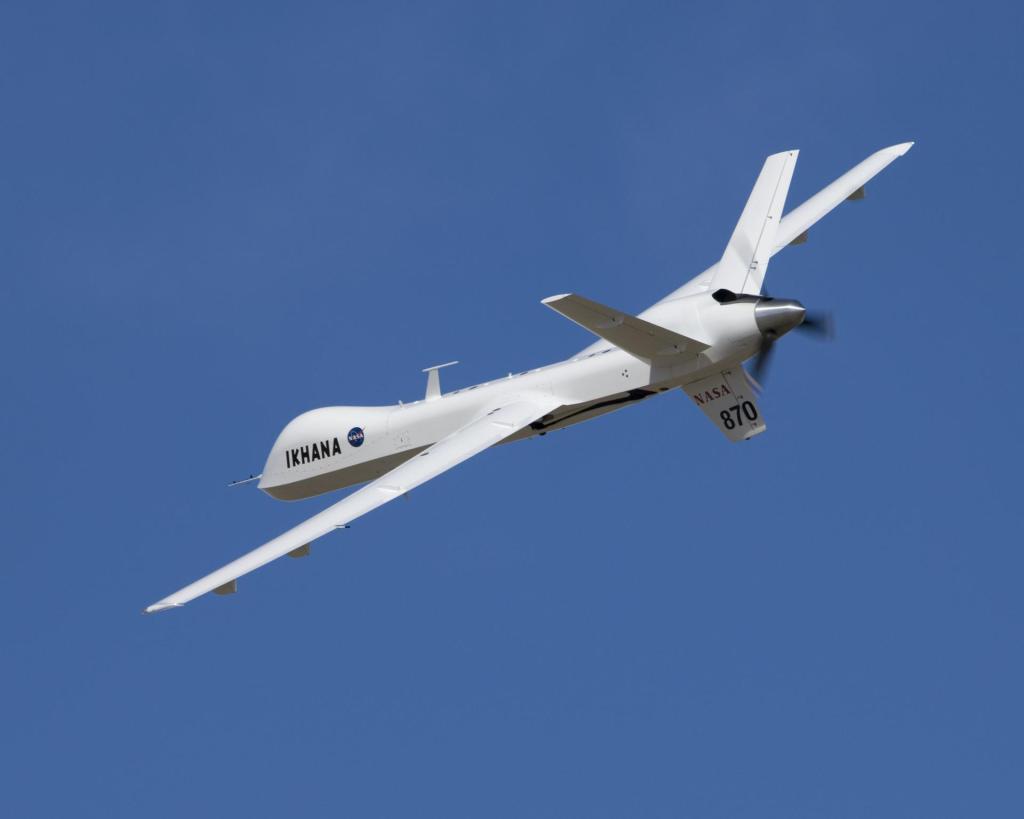
Spectral Energies
Spectral Energies is developing a pulse-burst laser system, a technology that helps test new designs for a space vehicles or commercial aircrafts. Researchers use wind tunnels — controlled environments that simulate the wearing conditions of being in the sky — when testing new designs. Spectral energies’ technology provides detailed video data of how wind moves around the new designs showing whether they are effective and safe.
This technology could cut millions of dollars from the approval of new commercial aircrafts, allowing new, faster, and cheaper planes to be available for passengers.
Awardee Contact: admin1@spectralenergies.com
Innovation
Pulse burst laser systems that improve aeronautics testing
Year of first award
2007
Number of Employees
37
Location
Beavercreek, Ohio
SBIR from NASA and the Air Force (2009)
SBIR/STTR awardees receive funding from different agencies across the federal government and are allowed pivot to a different agency between phases.
Spectral Energies received NASA SBIR Phase I funding in 2009 to further advance the aerodynamics testing technology. For Phase II, the firm pivoted and applied to the U.S. Air Force who also awarded them Phase III SBIR funding.
The support from NASA and the Air Force allowed Spectral Energies to develop a commercial pulse-burst laser system that was easy to transport, resilient, and simple to operate.
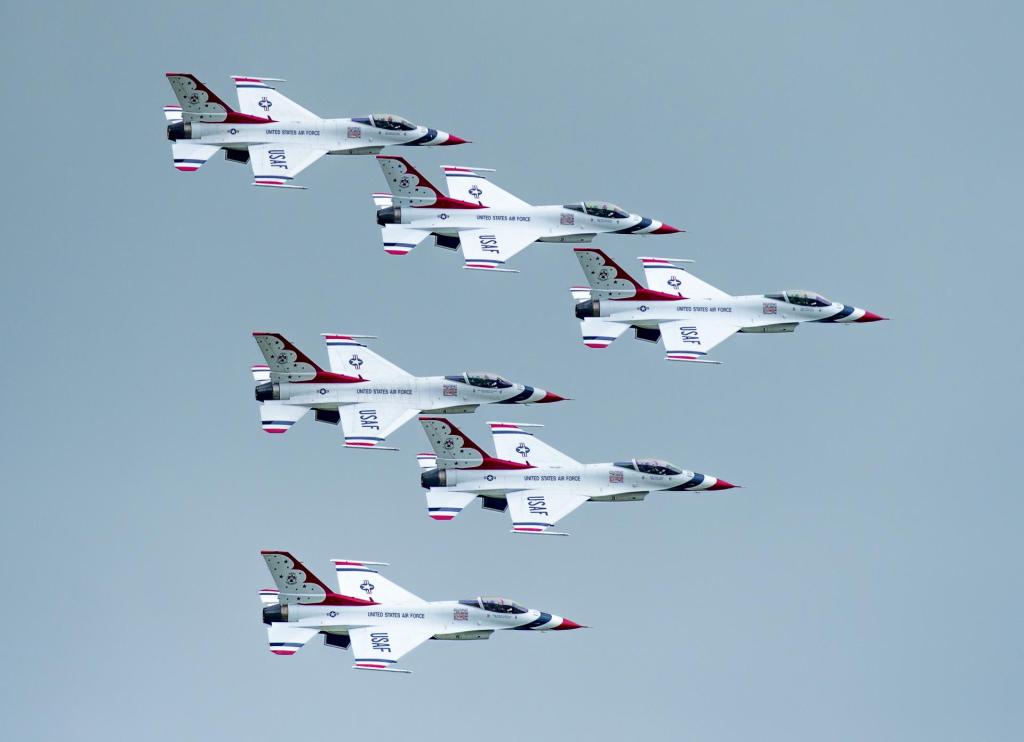
In the image, the United States Air Force Thunderbirds flying over NASA Langley Research Center while practicing for an air show at Langley Air Force Base Virginia.
NASA SBIR (2014)
Post Phase II: turn the prototype into a successful product
Spectral Energies continued its work with multiple NASA SBIR awards. The firm enhanced pulse-burst laser systems enabling two-color thermometry — typically done at 10 Hz speeds with two lasers and two cameras— to be done at high-speed with a single-laser and single-camera system. These improvements, developed three- and four-dimensional images (i.e., three spatial coordinates and time) temperature measurement of chemical flows, a critical capability when designing new chemical propulsion systems.
The innovations were further infused into the marketplace with multiple Post Phase II opportunities, including three Phase II Extended (II-E) and three Phase III contracts. Post Phase II are awards aim to take the previously developed prototype into an successful commercial product.

Systems are implemented at Langley Research Center (2017)
The SBIR/STTR program connects small businesses to industry consumers, including NASA
In the years that followed, NASA acquired two of Spectral Energies’ pulse-burst laser systems. Dr. Paul Danehy, Senior Technologist for Advanced Measurement Systems at NASA’s Langley Research Center, has worked with Spectral Energies on a number of projects through the program. According to Dr. Danehy, not only did NASA SBIR funding aid the company’s technology growth, program funding also made it possible for NASA researchers to make use of this technology.
As Dr. Danehy explains, SBIR/STTR Post Phase II funding vehicles like Phase II-E and Phase III allow increases the purchasing power of NASA by allowing programs within the agency to pool money together and then receive matching funds from the SBIR/STTR program.

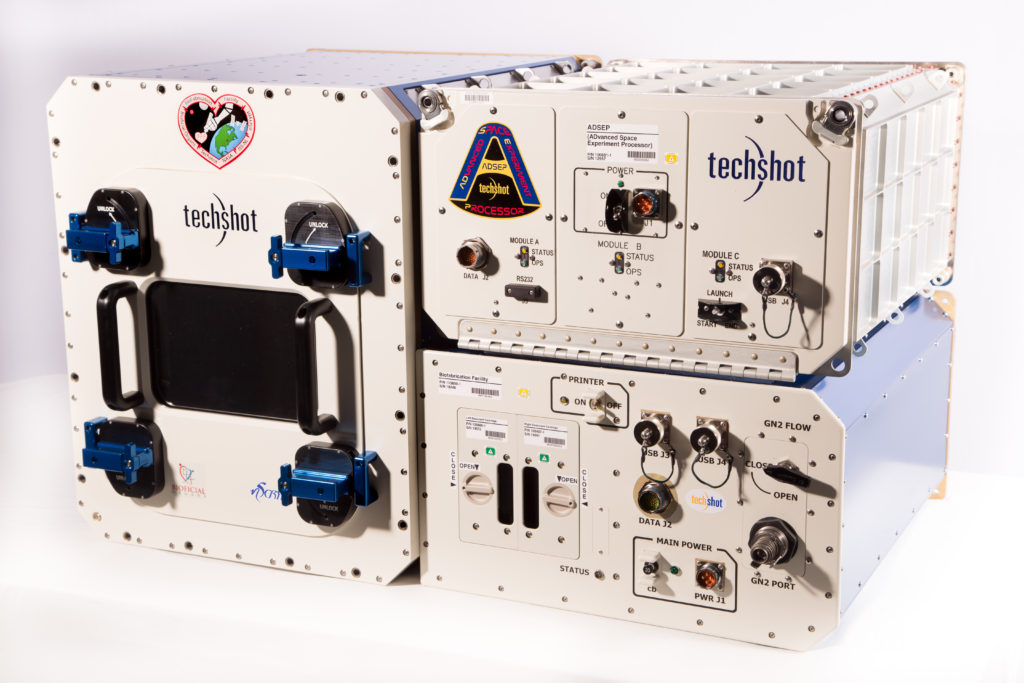
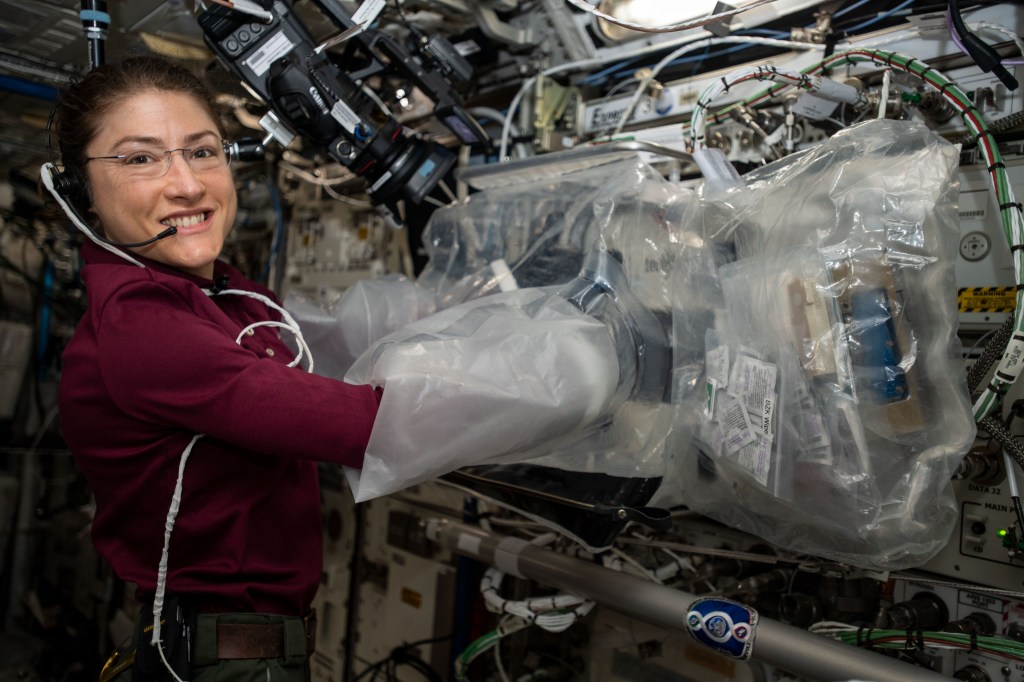
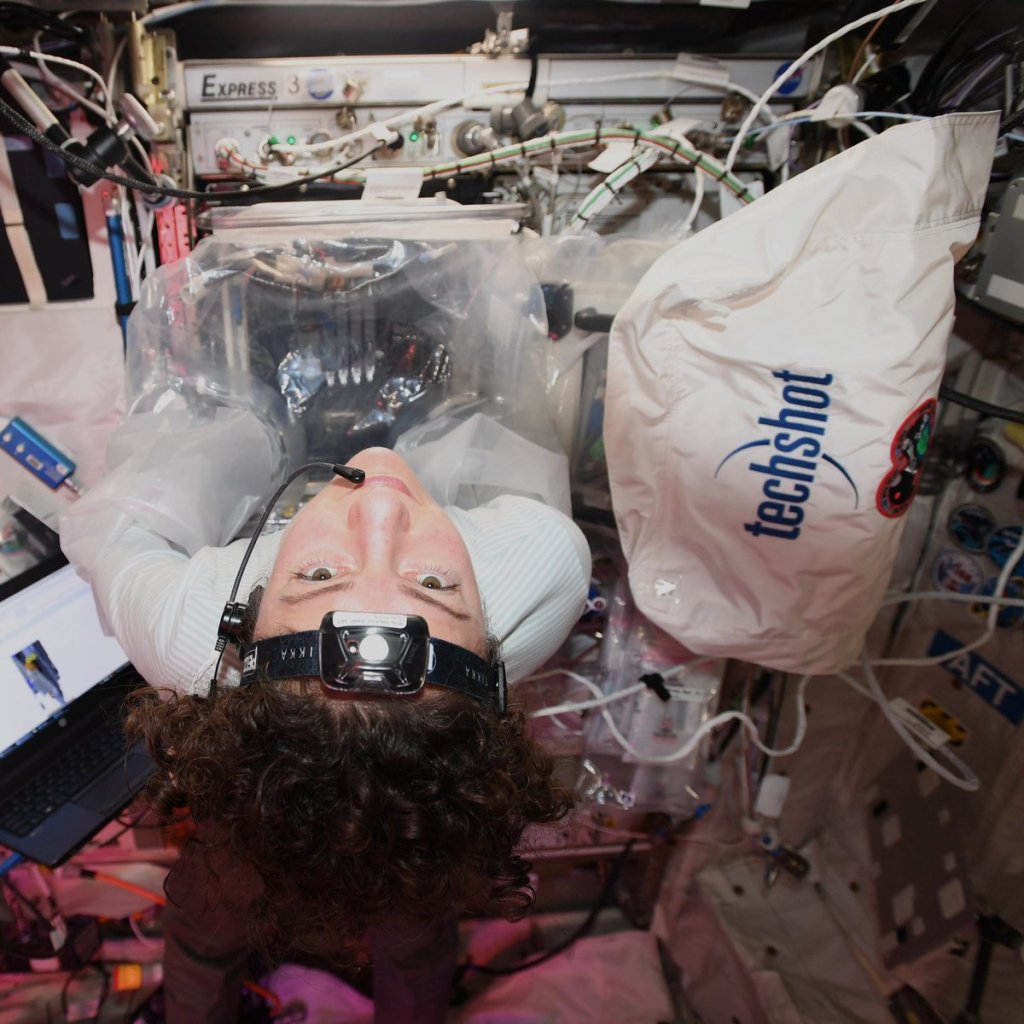
Techshot
Note: In 2021 Techshot was acquired by Redwire
Techshot, who obtained their first SBIR award in 1991, has been a trailblazing innovator in the realm of bioprinting — 3D printing with organic materials like cells. On Earth, the effects of gravity cause bio printed materials to sag and disform under their own weight. One solution is to give them structure is using non-organic materials, however these can harm the printed tissue. Techshot’s solution to keep gravity from deforming the tissues was to print them in space.
Through multiple NASA SBIR awards, Techshot developed a strong connection to NASA which allowed the firm to access the International Space Station (ISS). On 2019 they launched their innovations, the BioFabrication Facility (BFF) and the Advanced Space Experiment Processor (ADSEP), to the ISS. BFF and ADESEP have successfully completed knee meniscus tissue — which the human body has a hard time regenerating — and printed a large volume of human heart cells.
Innovation
3D printing with cells in space
Year of first award
1991
Number of Employees
50
Location
Greenville, Indiana
SBIR from NASA, DoD and HHS
(1991)
SBIR/STTR funding is granted through many different agencies across the federal government.
Techshot received multiple SBIR and STTR awards from agencies including NASA, the Department of Health and Human Services (HHS), and several branches within the Department of Defense (DoD).
Inside the DoD, the Army Medical Research and Materiel Command (USAMRMC) awarded Techshot with SBIR awards to use the technology on Earth to improve vascular grafts for soldiers. Following success with these advanced artificial grafts, Techshot sought to combine them with bio printed tissue. Similarly the USAMRMC funded the development of the BioFabrication Facility alongside NASA.

NASA SBIR (2016)
SBIR Phase I: Idea
In 2016, NASA continued supporting Techshot with an SBIR Phase I award to mature additive manufacturing capabilities in space.
The equipment they developed as a result, the Sintered Inductive Metal Printer with Laser Exposure (SIMPLE) unit, was further developed with Phase II and II-E funding from the NASA SBIR/STTR program and the NASA In-Space Manufacturing Project.
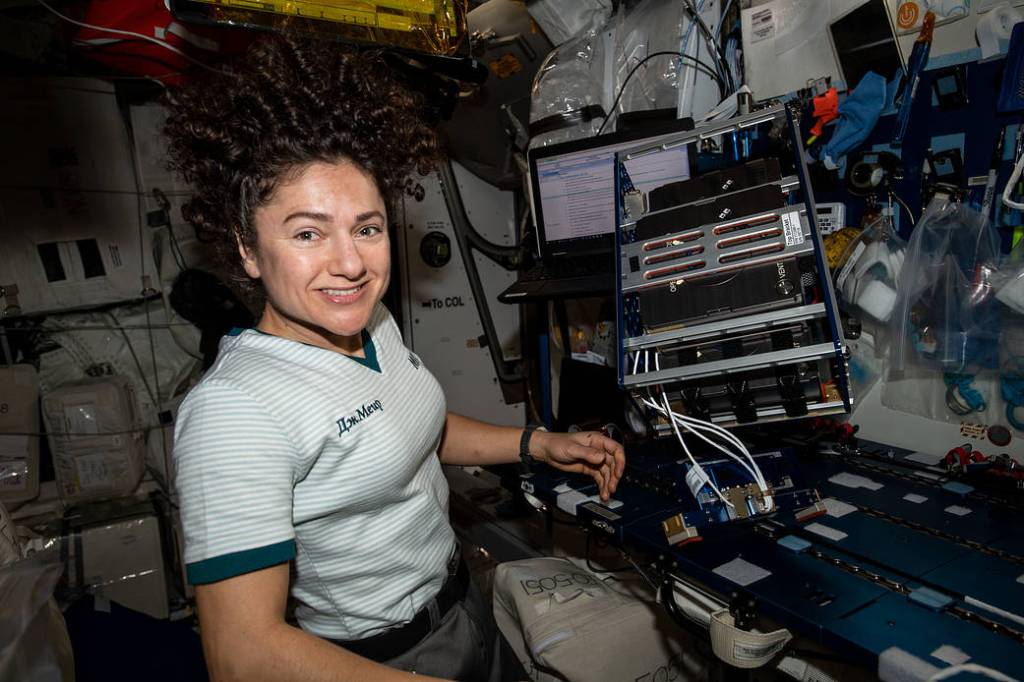
Civilian Commercialization Readiness Pilot Program
(2018)
Civilian Commercialization Readiness Pilot Program (CCRPP): enables near-term infusion and/or commercialization of SBIR/STTR-developed technologies.
Upon completion of Phase II awards, firms can apply to a number of Post Phase II opportunities including CCRPP, which aims to accelerate the near-term transition of SBIR- and STTR-funded technologies to infusion and/or commercialization. NASA SBIR/STTR matches investments between $500,000 and $2.5 million. In 2018, Techshot received $2.5 million from the ISS program for a pre-purchase of BFF services and data; the SBIR/STTR program matched it with a $1.5 million CCRPP award.
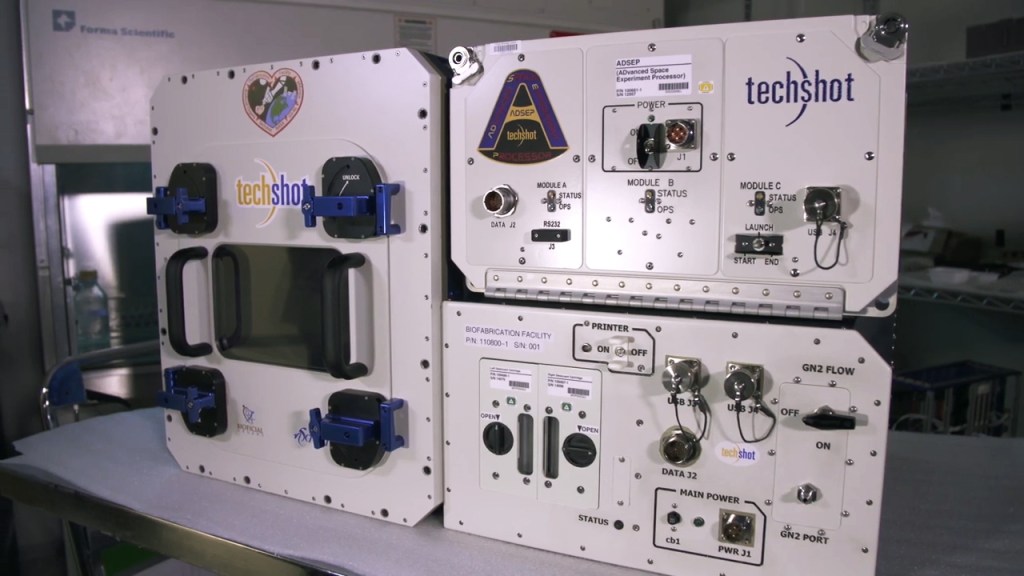
Techshot launched their technology aboard the International Space Station
(2019)
International Space Station (ISS): microgravity laboratory 260 miles above Earth
After being involved with the SBIR/STTR program for over three decades, in 2019 Techshot launched the BioFabrication Facility and the Advanced Space Experiment Processor to the International Space Station.
Richard Boling, Vice President of Corporate Advancement at Techshot, remarks on the influence of the SBIR/STTR program on the company’s success: “Every payload we fly to the ISS starts with an SBIR. Our company has been able to provide jobs in a rural area in a non-space state, and we really tie that back to the SBIR program.”





























